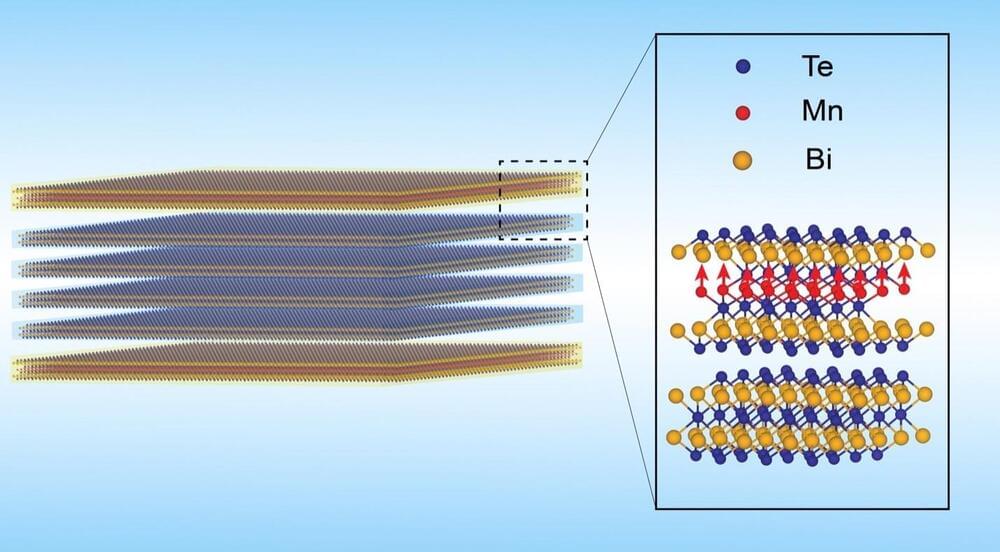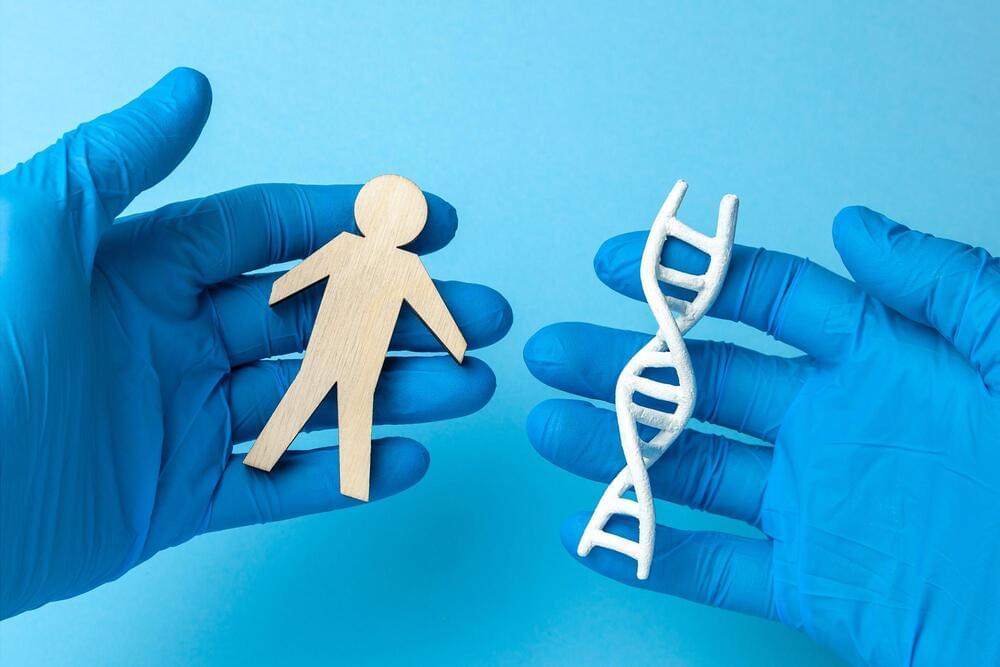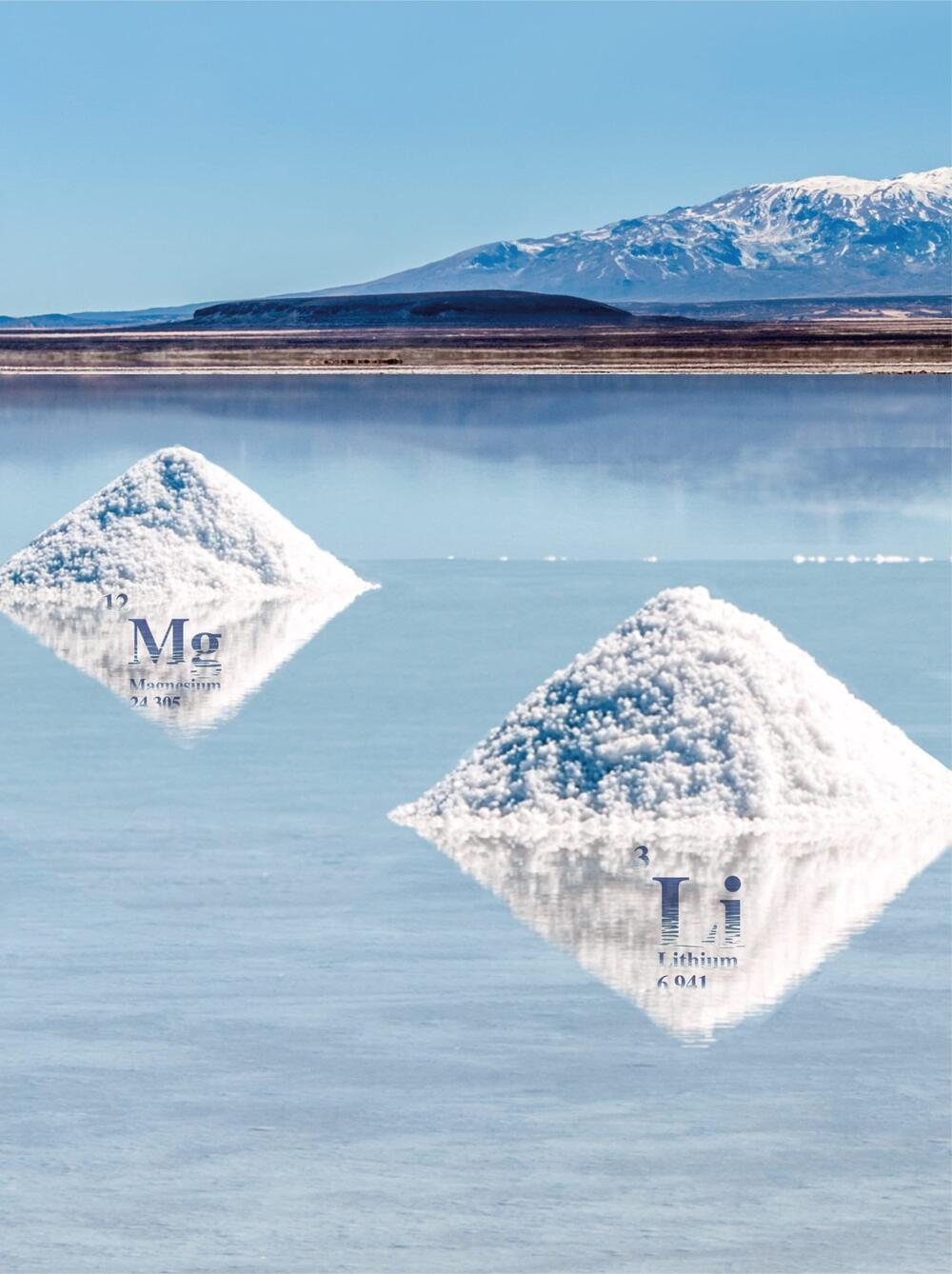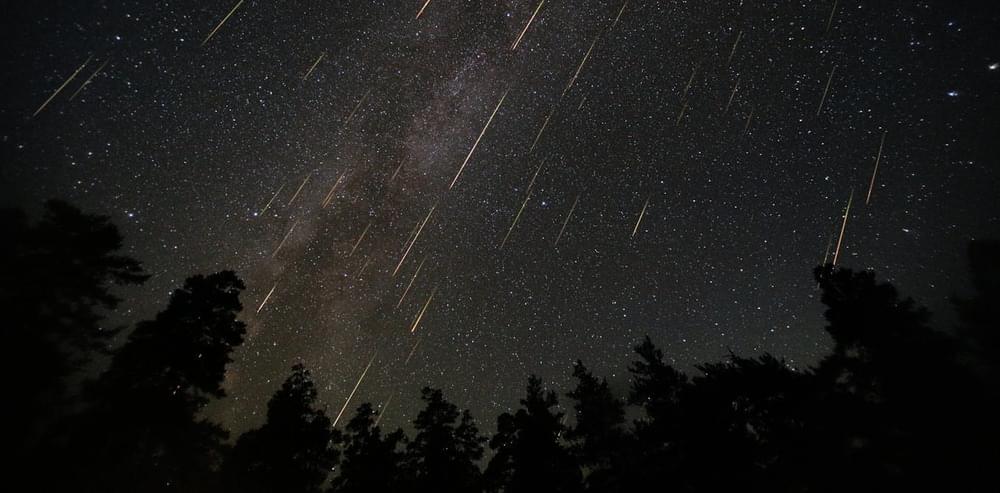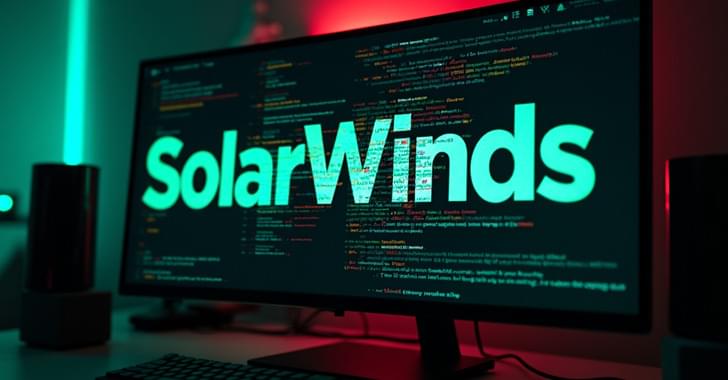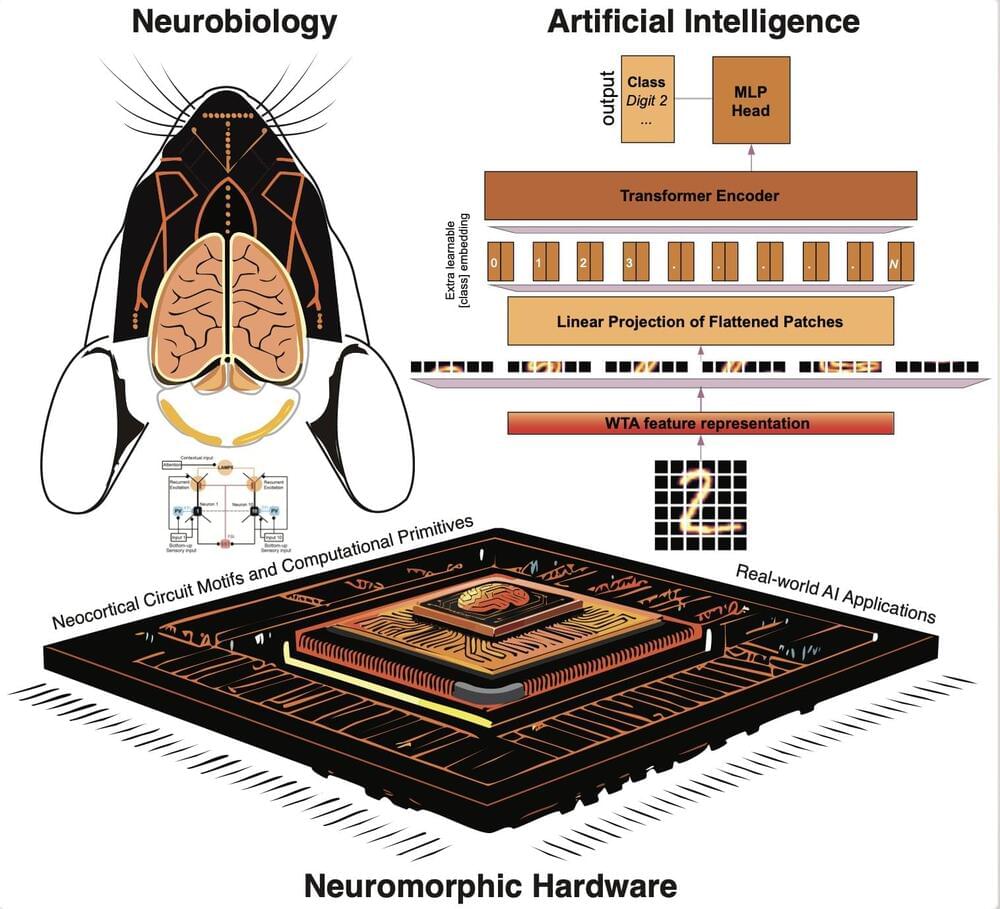Oct 26, 2024
Brain on Fire: The Mysterious Disease That Mimics Mental Illness
Posted by Saúl Morales Rodriguéz in categories: biotech/medical, neuroscience
Research reveals how antibodies affect brain receptors in patients with anti-NMDAR encephalitis, a condition often misdiagnosed as schizophrenia.
The disease, vividly described in Susannah Cahalan’s memoir “Brain on Fire,” can lead to severe neurological symptoms similar to those of mental health disorders. The study underscores the importance of personalized medicine and improved diagnostics to accurately treat and diagnose this rare disease.
The startling diagnosis of susannah cahalan.

